The goal of companion planting is to grow herbs, fruits, and vegetables in a bit of a mixed-up fashion in order to provide your garden with advantages.
Those advantages can include:
- Pest and disease resistance
- Improved nutrient availability
- Improved pollination
When you look at a place that has been allowed to grow ‘wild’, such as a bush remnant, or neglected patch, you’ll notice that in nature plants don’t grow in neat rows with bare earth between them.
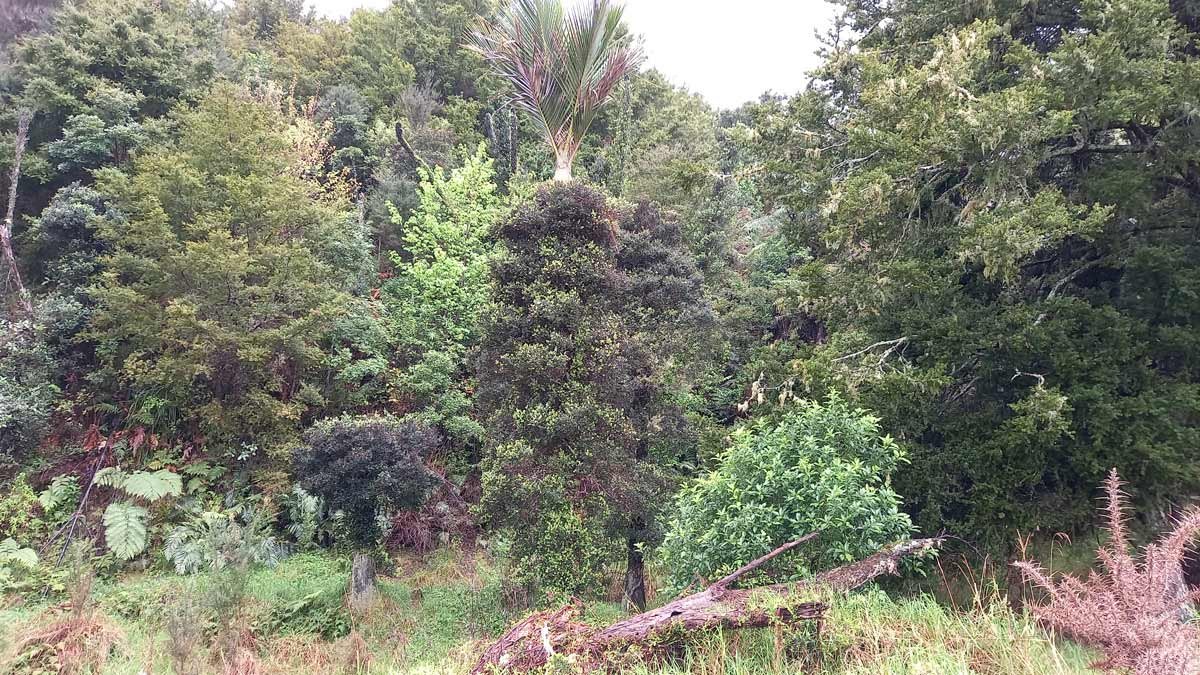
Look closely and you will see many different plants—each filling a slightly different niche. A tall tree may be supporting a climbing vine. An annual herb may be shooting to seed to take advantage of the sunlight while something more delicate might be thriving in the cool shade below it.
The point is, plants in nature grow in all sorts of combinations. The grow in harmony, creating habitats, attracting different pollinators, and living and dying in patterns that recycle nutrients and promote the health of the whole.
Companion growing looks to mimic some of these things. But it also includes a layer of knowledge about which plants enjoy (or do not enjoy) growing next to each other.
It’s a tough one because this second aspect of companion planting can sometimes be summed up as ‘old wives tales’.
However, there is scientific evidence, as well as longstanding indigenous and traditional knowledge for many plant combinations that are worth trying in your own gardens. They’re certainly unlikely to hurt!
I don’t believe a matrix or list of plants that grow well together (or not) is helpful. My list is inevitably going to be different to the next list you look at, and it’ll probably contradict things you’ve seen with your own eyes. If you’re looking for a list, I recommend my favourite book at the end of the post.
Instead, here I’ll be looking at the factors behind what makes good or bad companions. You can take that knowledge and experiment with it, and see how it works for you.
I hope it begins to bloom your understanding of how to grow a diverse, healthy, thriving garden.
Allelopathy
It takes a second to get this one around your tongue, but this is one of the founding principles of companion planting.
Allelopathic (ah-lee-lo-path-ik) plants are the loners of the plant world. They actively secrete compounds that discourage, dissuade, or outright prevent other plants from growing near them. Scientists call these compounds ‘allelochemicals’.
These plants are the subject of a lot of scientific research looking to isolate compounds which prevent germination or growth of weeds. The next generation of weed control will likely come from this concept.
In your garden, it pays to know which plants will actively prevent the growth of other things. Possibly the most common allelopathic plant in New Zealand gardens is fennel (Foeniculum vulgare).
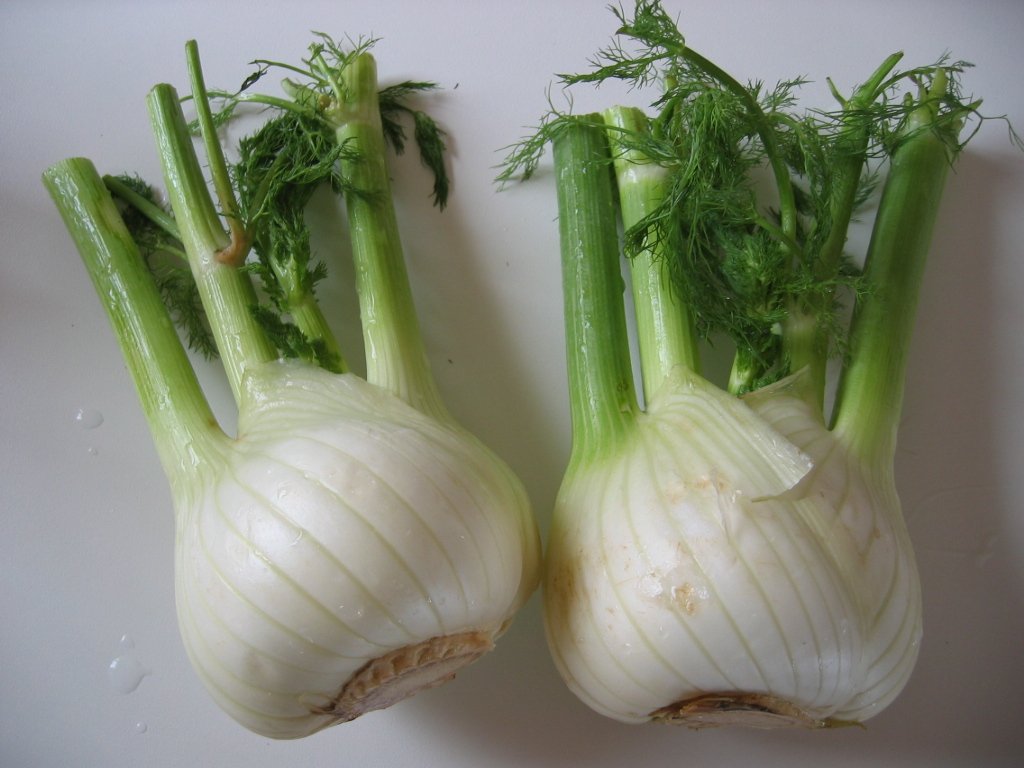
Fennel attracts beneficial insects to your garden; all parts are edible, and delicious; and it’s easy to grow. But it’ll also inhibit the growth of pretty much every other plant in its vicinity.
Gardeners have observed fennel to stunt other plants growing near it, especially coriander/cilantro (Coriandrum sativum). These two plants will have a mutually-destructive effect and neither will grow well if planted together.
The most allelopathic plant I’ve ever observed myself was wormwood (Artemisia spp.). I accidentally planted it in the middle of my vegetable garden. Anything near it withered, while the wormwood kept getting bigger and bigger.
Other common and well-known allelopathic plants include:
- Kikuyu grass (Cenchrus clandestinus)
- Dandelion (Taraxacum officinale)
- Tithonia spp.
- Sunflower (Helianthus spp.)
- Black walnut (Juglans nigra)
- Eucalyptus spp.
- Rice (Oryza sativa).
Frenemies
Some plants just hate each other, specifically. You plant them together and one or both of them suffer. They’ll get along fine with other plants—they don’t hate everyone—but there’s one or two they just can’t stand.
This is frequently a matter of competition. For example, both the allium and brassica families are heavy feeders with high sulphur needs. Planting them together results in competition for the same resources.
An onion and a broccoli plant have their roots in the same place, looking for the same nutrients. When planted together, neither will get what they need and they will both fail to reach their potential.
Alliums (onions, garlic, leeks, chives, spring onions etc) also don’t get along well with legumes (peas, beans, peanuts), or strawberries.
Another reason plants don’t grow well together is they are susceptible to the same pests and diseases. Usually these are plants that belong to the same family.
Tomatoes and potatoes are both members of the nightshade family and share a lot of common problems. Planting them together just makes it really easy for those problems to fester and thrive.
Other examples include carrots and parsnips; or cucumber and courgette. They are related, so if a pest or disease hits one, both crops are gone.
Famous friends
There are some plants that really just bring out the best in each other. They support each other through sickness, and help to drive away pest burden. And they somehow—magically—make each other better.
Some of these are more well-known than others. Usually compatible plants:
- do not compete with each other for nutrients;
- grow at different heights and speeds;
- have differing root depths.
Tomato and basil is perhaps the best-known companion planting combination. The basil helps repel common tomato pests, and gardeners report that growing them together increases the flavour of both.
Garlic and lettuce planted together also do well. Garlic repels a lot of common lettuce pests; and the lettuce is a light feeder, allowing the garlic to take most of the nutrients. The lettuce is ready in 6-8 weeks, while the garlic continues for another 4 months.
While the garlic is small, there’s plenty of room for a large lettuce, but once the lettuce is harvested, the garlic is able to mature into the open space.
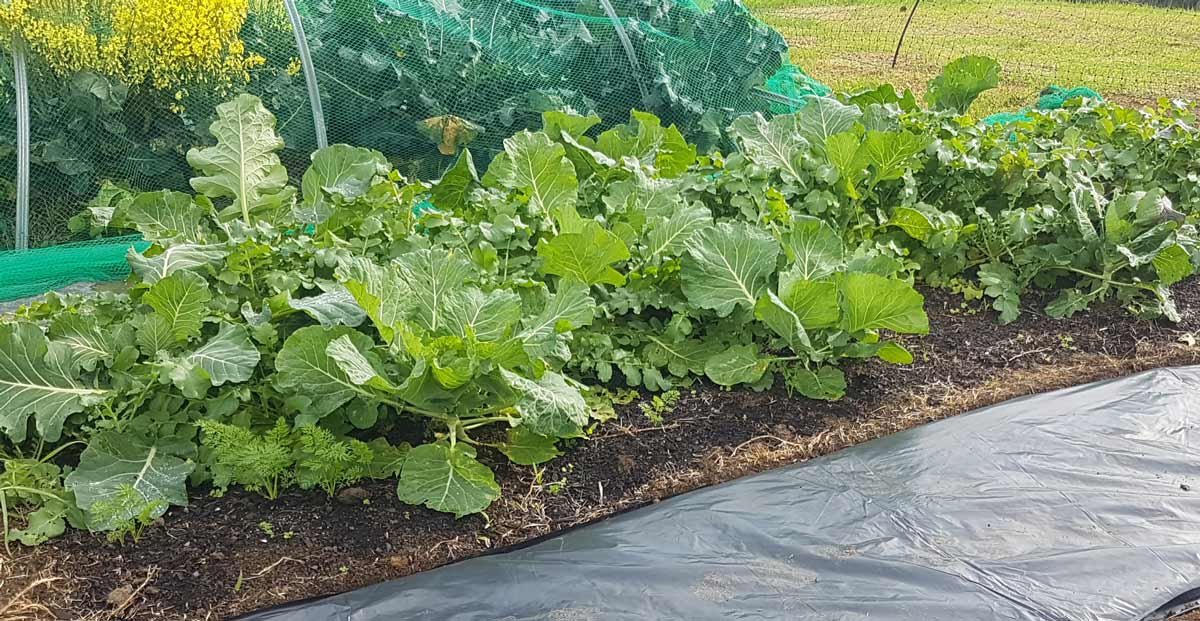
Intercropping my broccoli with radish and carrots.
Both lettuce and radish make good companions with most vegetables because they take up a small amount of space, do not demand many resources, and mature quickly. You can usually pair either of them with a crop that takes longer to mature.
Beans and peas don’t get along with everyone, but they do have a neat trick that makes them popular. They are both legumes, meaning both peas and beans are able to fix nitrogen from the air into the soil through a symbiotic relationship with bacteria.
Nitrogen is a key growing nutrient—especially for leafy green crops—and plants following beans and peas in the same garden bed will always benefit most from this special talent.
The three sisters
One of the oldest-known companion planting combinations comes from the Indigenous tribes of the Americas—The Three Sisters.
The above video explains what the Three Sisters are, and how and why they are grown together.
A note if you plan to grow in this style: primarily it’s for food you want to dry-store over winter. Maize, dried beans, and pumpkin.
It’s not really that great to be wading through a giant squash plant to get to your juicy, sweet corn, or to harvest fresh beans for dinner.
The sluts
No slut-shaming here—we love the sluts! These plants get along with everyone and really help bring out the best in anything they grow near.
These are plants I encourage to grow freely wherever they want to be. I allow them to go to seed and I’ve learned to recognise their seedlings and avoid pulling them out.
Plant your more productive crops amongst and around them to start developing a diverse ecosystem. These plants are happy anywhere, and all your plants will love them.
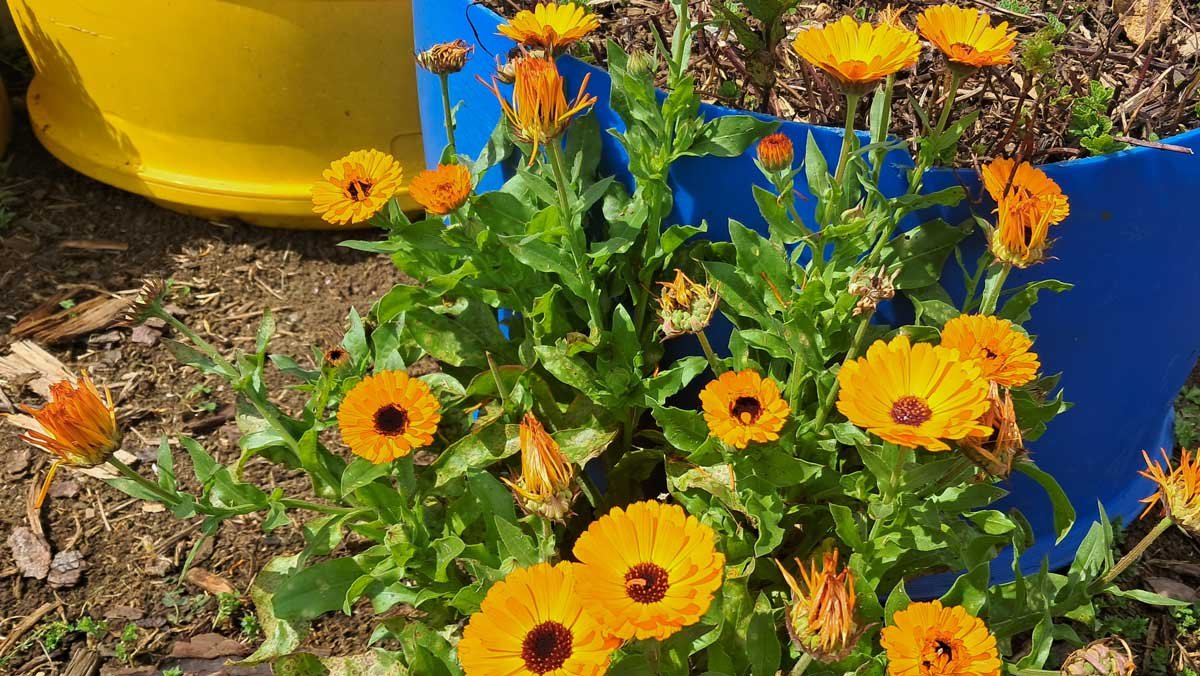
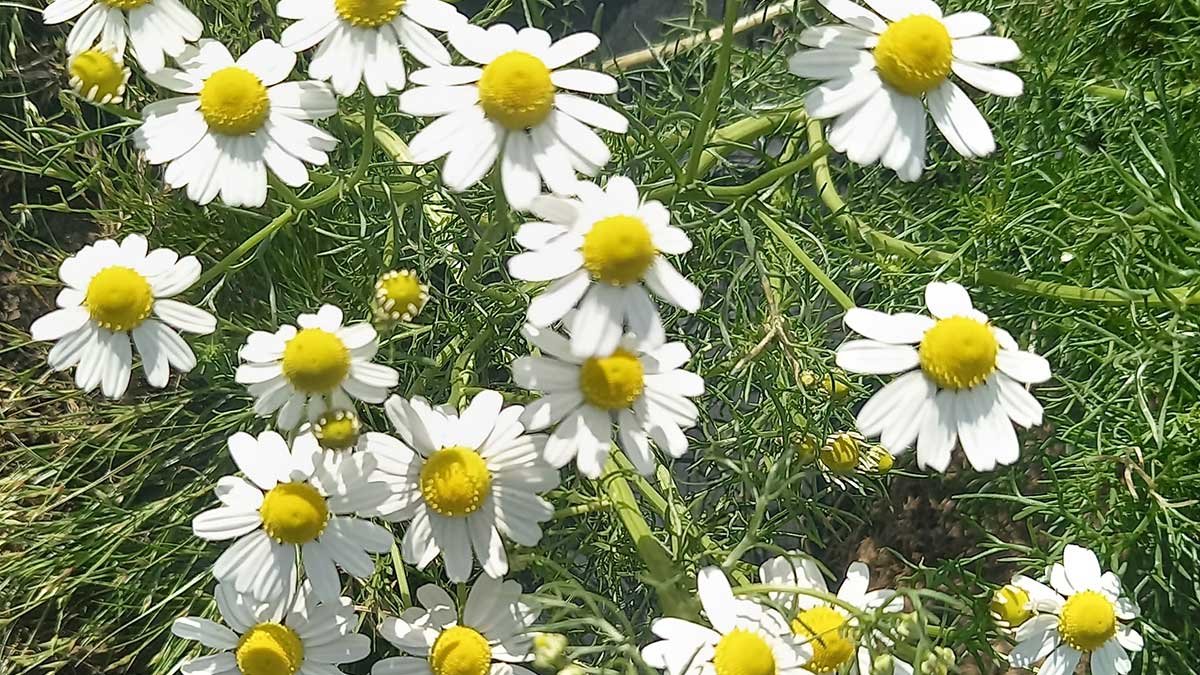
Calendula (Calendula officinalis)—bright orange and yellow flowers will brighten your garden beds in the winter months. They will also deter whitefly and aphids and have value as a herbal medicine and edible flower.
Chamomile (Matricaria chamomilla)increases essential oils, and therefore flavour or plants it grows near. Fresh flowers can be harvested for a relaxing tea. Roman chamomile (Chamaemelum nobile) can make a lawn-alternative or be used as a low border plant.
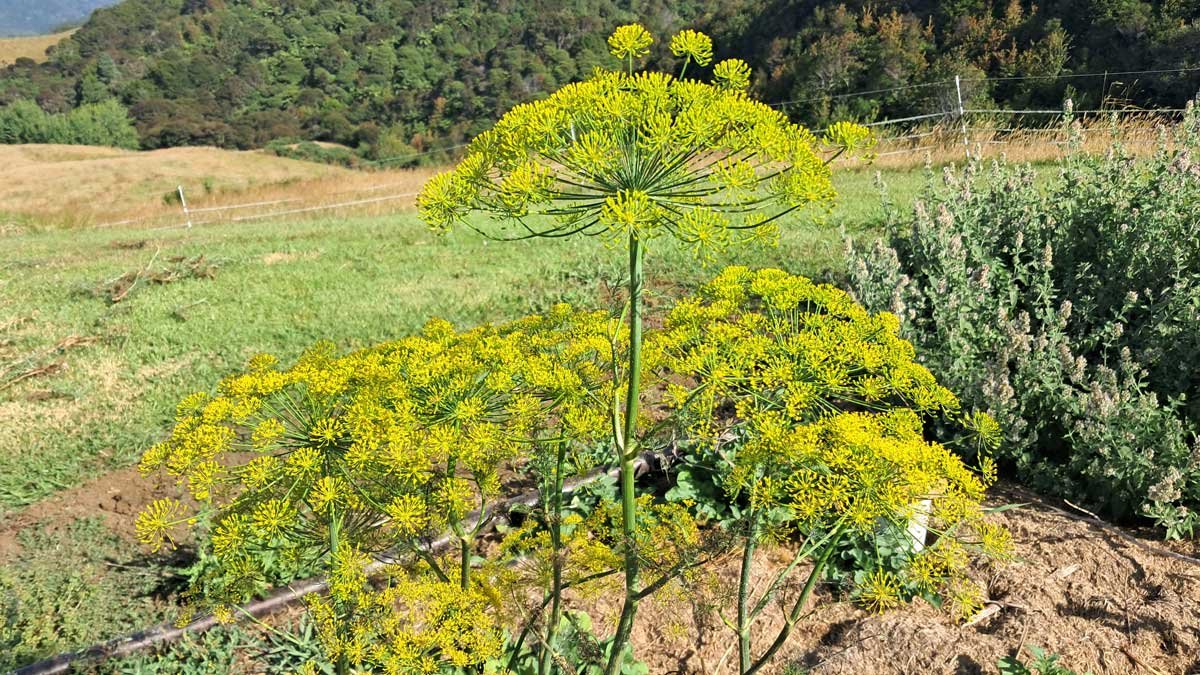
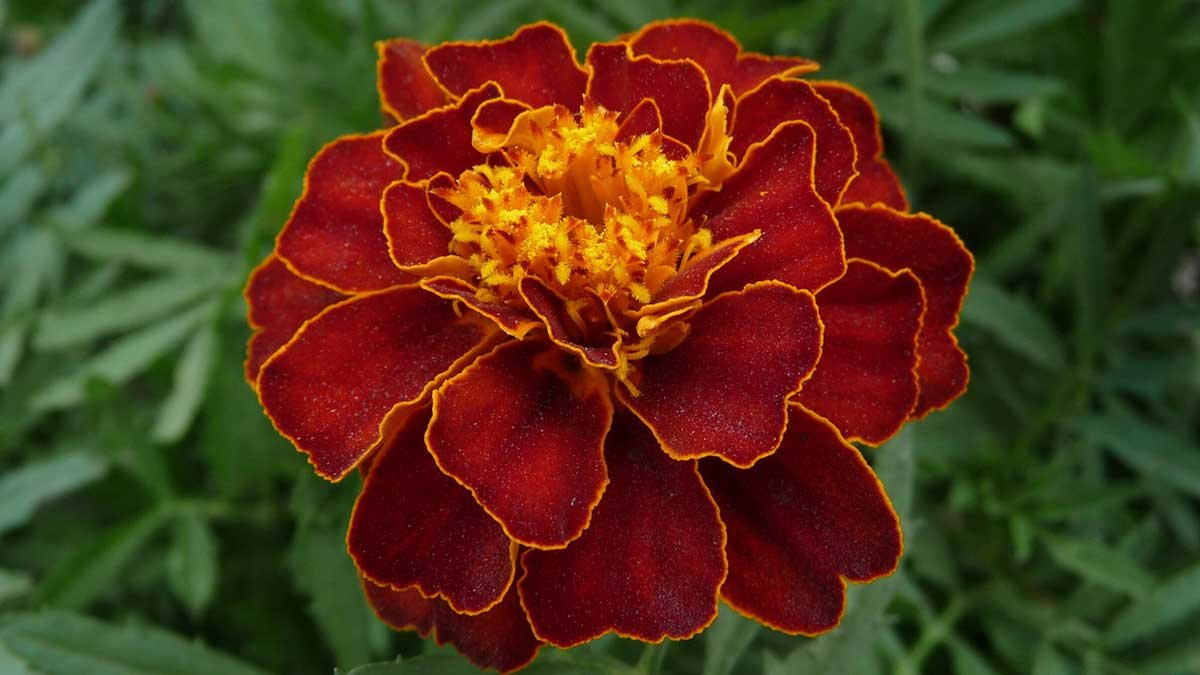
Dill (Anethum graveolens)—attracts beneficial insects; repels white butterfly; generally grows well with everything. A couple of sprigs with your cabbage will also reduce that ‘farty smell’ cabbage makes while it’s cooking.
Marigolds (Tagetes spp.)—especially French marigolds (Tagetes patula) deter nematode root pests. They will flourish in the summer months, bringing bright pops of yellow and orange to your garden beds and make great border plants.
Key concepts
Successful companion planting happens when your plants:
- Don’t actively prevent other plants from growing near them.
- Don’t compete with each other for space or nutrients.
- Support the growing needs of the plants near them.
For the most part, keeping with these principles—and making sure you have a generous population of the ‘sluts’ in your garden—will help set you up for companion growing success.
So give it a try—let your garden grow a bit messier, like nature. Allow things to go to seed and grow where they want to—you can plant around them and achieve a diverse garden with less effort.
Reference
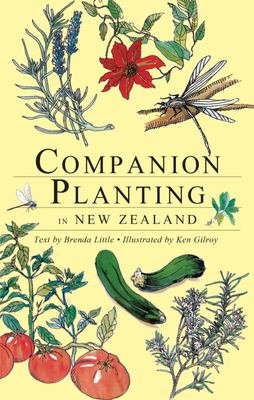
Brenda Little’s small and simple companion planting reference guide has been available to New Zealand gardeners for as long as I’ve been alive.
I find it really helpful for checking my thinking while planning my beds and it’s one of my most-used reference books.
There’s a fabulous list of ‘good’ and ‘bad’ companions at the back of the book, and it hasn’t steered me wrong yet!
Companion Planting in New Zealand by Brenda Little.

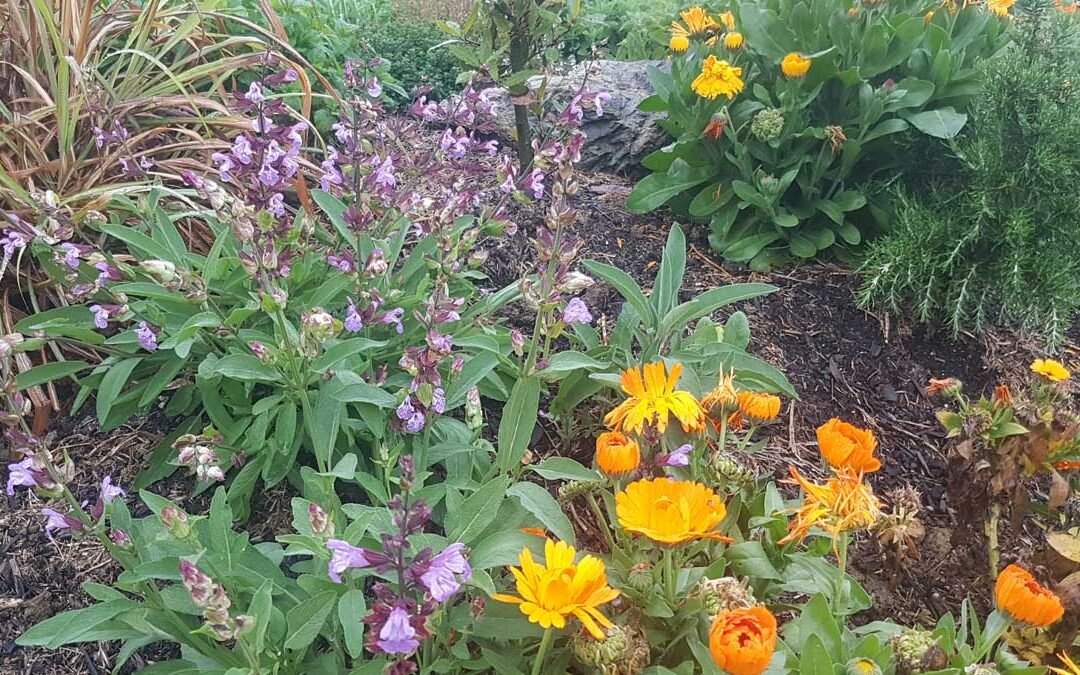

Hi Kat. What’s the problem with alliums?
Someone once told me they were good for strawberries and I’ve been growing them together ever since. Of course therefore I don’t know how well my strawberries would grow without the alliums nearby. You’ve done a great job of explaining the principles behind most plant interactions but not alliums.
And I’ve heard before to keep alliums and legumes apart but again, I’d love to know why?
Hi Sheryl, ah yes. Generally why I wrote the post the way I did. The Companion Planting in NZ book is quite sure garlic and strawberries hate each other, but it doesn’t seem to extend that to all alliums. I personally don’t plant them together because… I guess I picked this up somewhere? Ultimately (as I have said in the post) your experience can differ and lists of what does and does not work aren’t super helpful ‘cos they’re all different 😅 years ago I decided this particular book was convenient enough to be my ‘truth’, but honestly, your experience speaks for itself.